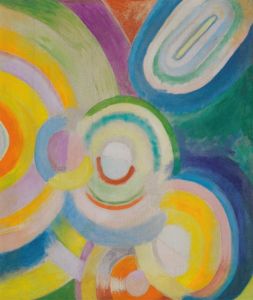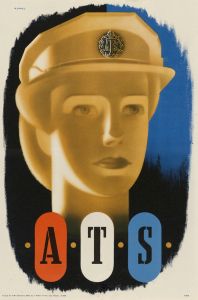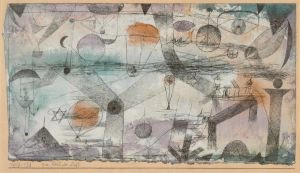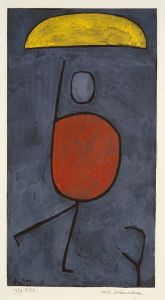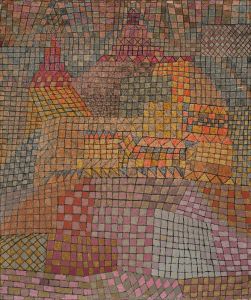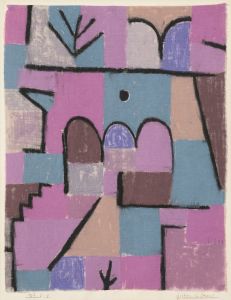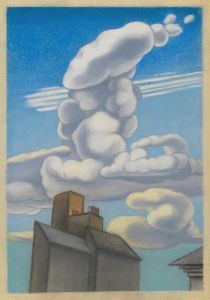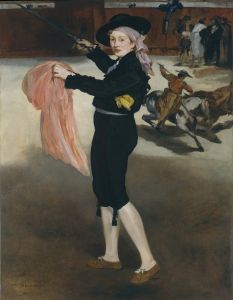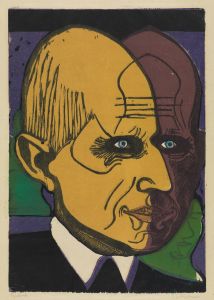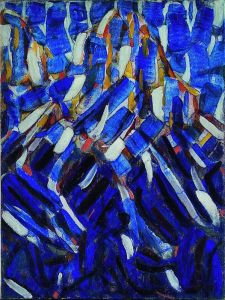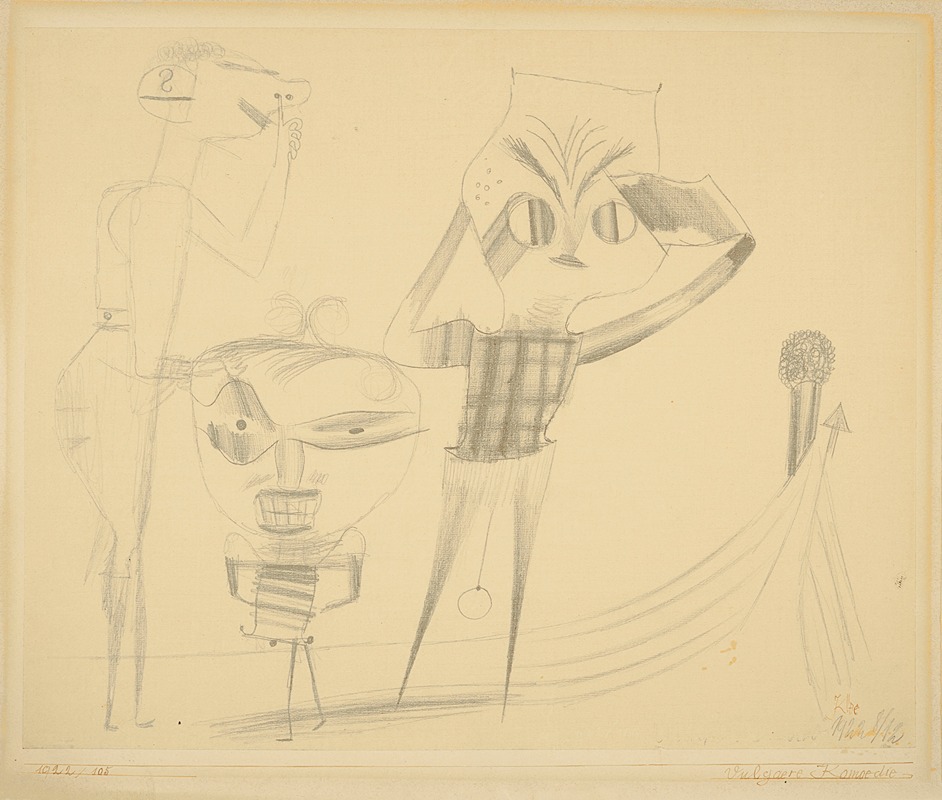
Vulgaere Komoedie
A hand-painted replica of Paul Klee’s masterpiece Vulgaere Komoedie, meticulously crafted by professional artists to capture the true essence of the original. Each piece is created with museum-quality canvas and rare mineral pigments, carefully painted by experienced artists with delicate brushstrokes and rich, layered colors to perfectly recreate the texture of the original artwork. Unlike machine-printed reproductions, this hand-painted version brings the painting to life, infused with the artist’s emotions and skill in every stroke. Whether for personal collection or home decoration, it instantly elevates the artistic atmosphere of any space.
Paul Klee's "Vulgaere Komoedie" is a notable work by the Swiss-born artist, who is renowned for his highly individual style that was influenced by movements in art that included Expressionism, Cubism, and Surrealism. Klee's work is characterized by a unique use of color and form, and he often incorporated elements of humor and irony, which is reflected in the title of this piece, translating to "Vulgar Comedy" in English.
Klee was born on December 18, 1879, in Münchenbuchsee, Switzerland, and he spent much of his career exploring the relationship between visual art and music, as well as the interplay between abstraction and figuration. His work is known for its playful and childlike qualities, often featuring whimsical characters and fantastical landscapes.
"Vulgaere Komoedie" is a part of Klee's extensive body of work that includes over 9,000 paintings, drawings, and etchings. While specific details about the creation and exhibition history of "Vulgaere Komoedie" are not widely documented, it is consistent with Klee's broader artistic themes and techniques. Klee often used a variety of media and techniques, including oil paint, watercolor, ink, and pastel, and he frequently experimented with different surfaces and textures.
Klee's work was deeply influenced by his experiences and the cultural milieu of his time. He was associated with the Bauhaus school, where he taught from 1921 to 1931. The Bauhaus was a revolutionary institution that sought to unify art, craft, and technology, and Klee's teaching and artistic output during this period were marked by a focus on color theory and the exploration of geometric forms.
Throughout his career, Klee's art was shaped by his personal experiences, including his travels to Tunisia in 1914, which had a profound impact on his use of color. The vibrant hues and light of the Tunisian landscape inspired Klee to develop a more vivid and expressive palette, which became a hallmark of his later work.
Klee's work, including "Vulgaere Komoedie," often reflects a synthesis of his diverse influences and interests, ranging from music and poetry to the natural world and the subconscious mind. His art is known for its symbolic and often enigmatic quality, inviting viewers to engage with it on multiple levels.
Despite facing challenges during his lifetime, including political persecution by the Nazi regime, which labeled his work as "degenerate art," Klee's legacy has endured. His innovative approach to art and his contributions to modernism have cemented his place as one of the most influential artists of the 20th century.
Today, Klee's works are held in major collections around the world, and his influence can be seen in the work of numerous contemporary artists. "Vulgaere Komoedie," like many of Klee's pieces, continues to captivate audiences with its unique blend of humor, abstraction, and expressive color.





